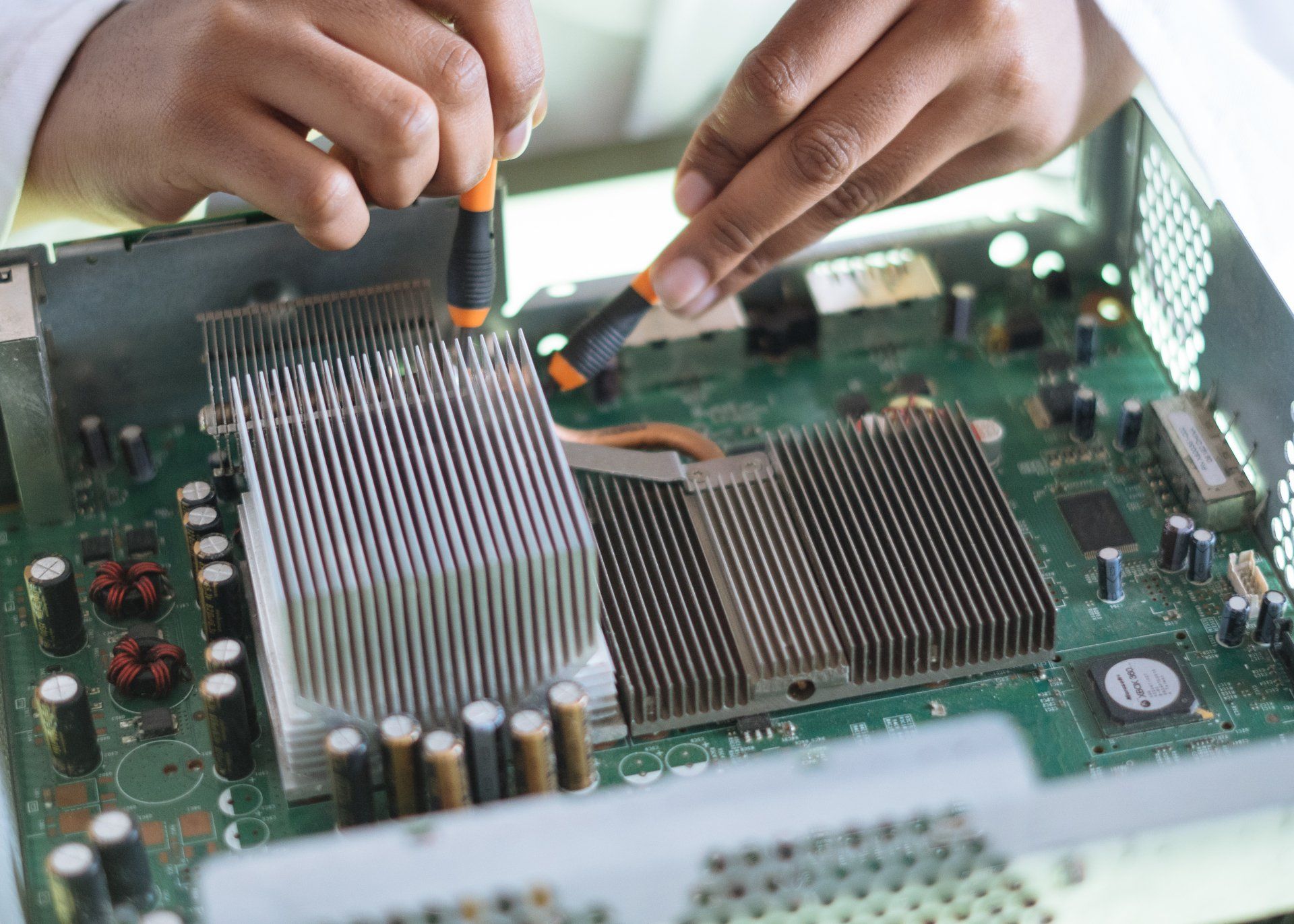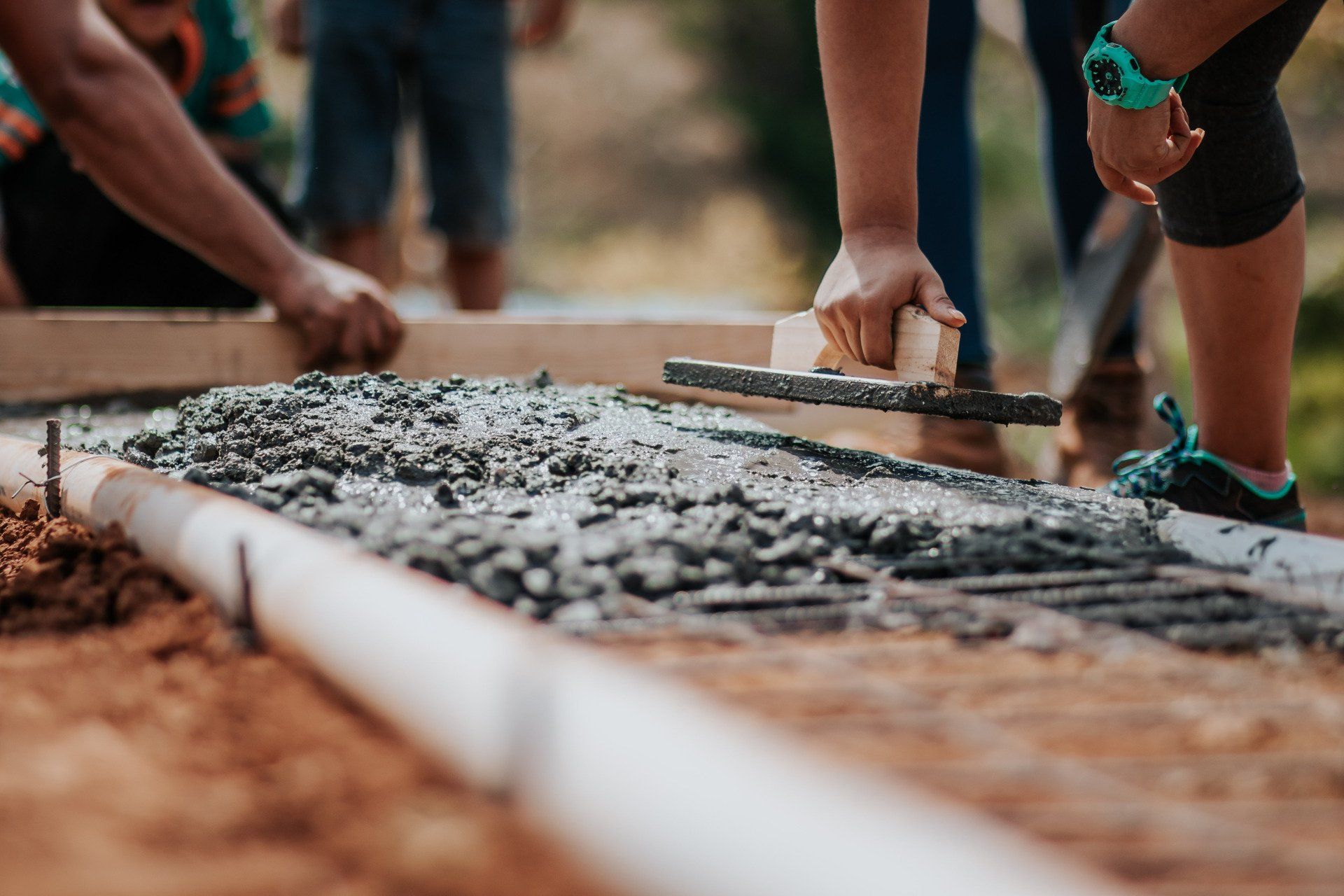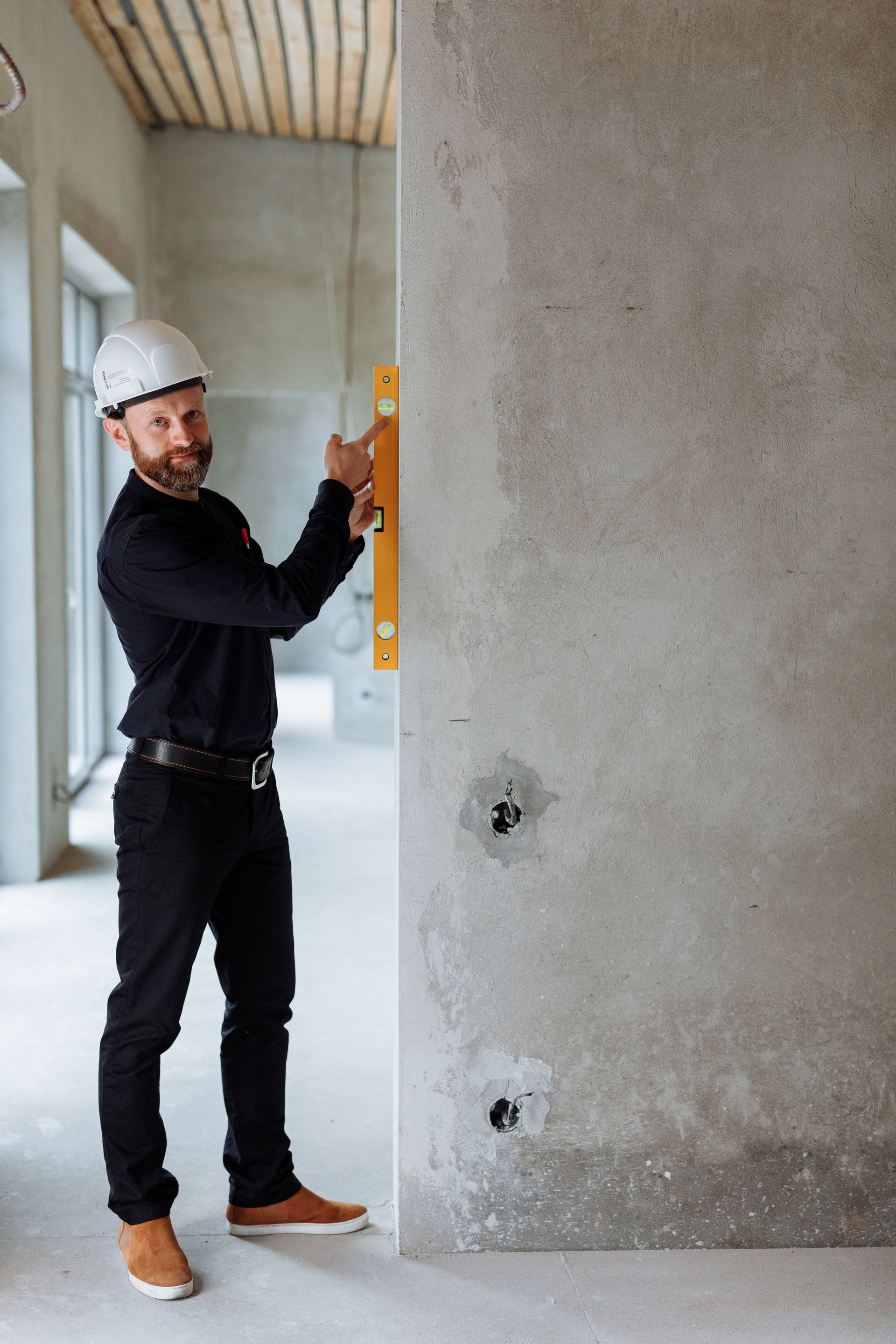Demystifying Radon Mitigation Costs: A Comprehensive Guide
"Navigating Radon Mitigation Costs: From Basement Solutions to DIY Considerations"
Introduction
Radon is a colorless, odorless, and tasteless radioactive gas that naturally occurs in soil and rocks. It is a known carcinogen and poses a significant health risk when it accumulates indoors. Radon exposure is a concern in many regions, making the installation of a radon mitigation system a wise investment for homeowners. However, one of the key factors that often deters homeowners from taking action is the cost associated with radon mitigation systems. In this comprehensive guide, we will explore the various aspects of radon mitigation system costs, including factors influencing the price, different methods, and specific cost estimates for different regions, such as Ohio, Massachusetts, and Pittsburgh. Additionally, we will discuss DIY radon mitigation and typical costs associated with these projects.

Understanding Radon Mitigation
Radon is primarily released from the ground and can enter your home through cracks in the foundation, basement floors, walls, and other openings. Radon mitigation systems are designed to reduce indoor radon levels to safe levels. These systems work by creating a pressure difference that prevents radon from entering the living spaces and instead directs it to the outside. There are two primary types of radon mitigation systems: passive and active.
Passive Radon Mitigation System: These systems rely on the natural flow of air through the
home to vent radon gas out. They are often installed during home construction and consist of vent pipes and proper sealing techniques.
Active Radon Mitigation System:
Active systems use electric fans to draw radon out of the home. These systems are more effective and can reduce radon levels to a greater extent.
The choice between passive and active systems depends on the specific radon levels in your home and your geographical location. To determine the appropriate system, it's essential to conduct a radon test in your home.
Factors Influencing Radon Mitigation System Costs
The cost of radon mitigation systems can vary significantly based on several factors. Understanding these factors can help you estimate the expenses involved in mitigating radon in your home:
Geographic Location:
The cost of radon mitigation systems can vary from state to state and even from city to city. For instance, radon mitigation system costs in Ohio may differ from those in Massachusetts or Pittsburgh due to variations in labor, materials, and local regulations.
Type of System:
As mentioned earlier, passive systems tend to be less expensive than active systems. Active systems require the installation of a fan, which can add to the overall cost.
Home Size and Design: The size and layout of your home can influence the cost of radon mitigation. Larger homes may require more extensive systems, while the design of your home may affect the complexity of installation.
Foundation Type: The type of foundation your home has, whether it's a basement, crawlspace, or slab, can also impact costs. Basements often require more work to mitigate radon due to their design and the number of entry points for radon gas.
Soil Composition: The composition of the soil around your home can affect the complexity of radon mitigation. Homes located in areas with dense or rocky soil may require more elaborate systems.
Local Regulations:
Local building codes and regulations may affect the cost of radon mitigation. Some areas have stricter requirements for radon mitigation systems, which can increase expenses.
Installer Experience: Hiring an experienced and certified radon mitigation professional is crucial. The quality of installation can significantly impact the system's effectiveness and, consequently, the overall cost.
Warranty and Maintenance:
Consider any warranty or maintenance costs associated with the system. Some systems may come with extended warranties, while others may require periodic maintenance.
Average Radon Mitigation System Cost
The average cost of a radon mitigation system in the United States typically falls within the range of $800 to $2,500. However, this is a general estimate, and actual costs can vary widely based on the factors mentioned above.
Passive Radon Mitigation System: Passive systems are generally more affordable, with costs ranging from $800 to $1,200. This is often the preferred choice if radon levels are relatively low.
Active Radon Mitigation System:
Active systems tend to be more effective but come at a higher price. The cost for an active radon mitigation system can range from $1,200 to $2,500.
It's important to note that these estimates include the installation of the system itself and any necessary sealing of cracks and openings in your home's foundation. Additional costs, such as post-installation radon testing and fan replacement, should also be considered.
Radon Mitigation System Costs by Region
The cost of radon mitigation systems can vary significantly based on your geographical location. Let's explore radon mitigation system costs in Ohio, Massachusetts, and Pittsburgh as examples of regional variations.
Radon Mitigation System Cost in Ohio
In Ohio, the cost of radon mitigation systems varies depending on factors like home size, foundation type, and location. On average, homeowners in Ohio can expect to pay between $800 and $1,500 for a passive radon mitigation system and between $1,200 and $2,000 for an active system.
It's essential to hire a qualified radon mitigation professional in Ohio who is familiar with the specific requirements of the state and local regulations. Proper installation ensures that the system effectively reduces radon levels, protecting your family's health.
Radon Mitigation System Cost in Massachusetts
Massachusetts has some of the highest radon levels in the United States, and radon mitigation is particularly important in this region. The cost of a radon mitigation system in Massachusetts typically falls between $1,000 and $2,500. However, due to the high demand and stringent regulations, the cost may be slightly higher than the national average.
In Massachusetts, it's crucial to work with a licensed and certified radon mitigation professional who can navigate the local regulations and provide effective mitigation solutions.
Radon Mitigation System Cost in Pittsburgh
Pittsburgh, located in Pennsylvania, is another area with potential radon concerns. The cost of a radon mitigation system in Pittsburgh can range from $1,000 to $2,000 for a passive system and between $1,500 and $2,500 for an active system. The actual cost depends on various factors, including home size, foundation type, and the complexity of the installation.
As with other regions, homeowners in Pittsburgh should hire experienced professionals to ensure the effectiveness of the radon mitigation system.
Basement Radon Mitigation System Cost
Basements are common entry points for radon gas, and mitigating radon in basements can be a bit more complex. The cost of a basement radon mitigation system is typically higher due to the additional work required to create an effective system in this space.
On average, the cost of mitigating radon in a basement can range from $1,500 to $3,500, depending on the factors outlined above. Basements often require more sealing, venting, and possibly multiple suction points, all of which can contribute to the overall expense.
Finding Radon Mitigation System Costs Near You
When you're ready to address radon in your home, you'll want to find a radon mitigation system cost near you. To do this:
Research Local Professionals: Start by researching radon mitigation professionals in your area. Look for companies or individuals with good reputations and certifications.
Get Multiple Quotes: Don't settle for the first quote you receive. Request estimates from multiple professionals to compare costs and services.
Ask for References: Don't hesitate to ask for references from previous customers. This can give you insight into the quality of work and customer satisfaction.
Consider Local Regulations:
Be aware of local regulations and building codes that may affect the installation of your radon mitigation system.
DIY Radon Mitigation System Cost
While professional installation is recommended for radon mitigation systems, some homeowners may consider a DIY approach to save costs. DIY radon mitigation systems are available and can cost anywhere from $100 to $500, depending on the brand and components you choose. However, it's essential to understand the limitations and potential risks of DIY radon mitigation:
Effectiveness: DIY systems are generally less effective than professionally installed systems. They might lower radon levels to some extent, but the reduction may not meet safety guidelines.
Safety: Radon mitigation involves handling electrical components and creating proper venting systems. Incorrect installation can lead to safety hazards.
Warranty: DIY systems may not come with warranties or guarantees, leaving you responsible for any issues that arise.
Testing: You should conduct post-mitigation radon testing to ensure the effectiveness of the system. Professional installers typically include this service, but it's an additional cost for DIY projects.
It's advisable to consult with a certified radon professional even if you intend to pursue a DIY approach. They can provide guidance and ensure that your system is correctly installed.
Conclusion
Radon mitigation is a critical step in safeguarding your home and family from the harmful effects of this radioactive gas. While the cost of radon mitigation systems may vary based on factors such as location, system type, and home characteristics, it's essential not to compromise on quality to save money. Investing in a professionally installed radon mitigation system is the most reliable way to reduce indoor radon levels effectively and ensure the health and safety of your household. In regions like Ohio, Massachusetts, and Pittsburgh, where radon is a significant concern, working with certified professionals who understand local regulations and can provide tailored solutions is crucial. Additionally, DIY radon mitigation may be a cost-effective option for some homeowners, but it should be approached with caution, as it may not achieve the same level of safety and efficacy as professional installations. Prioritizing your family's health by addressing radon issues is an investment that brings peace of mind and long-term benefits.




